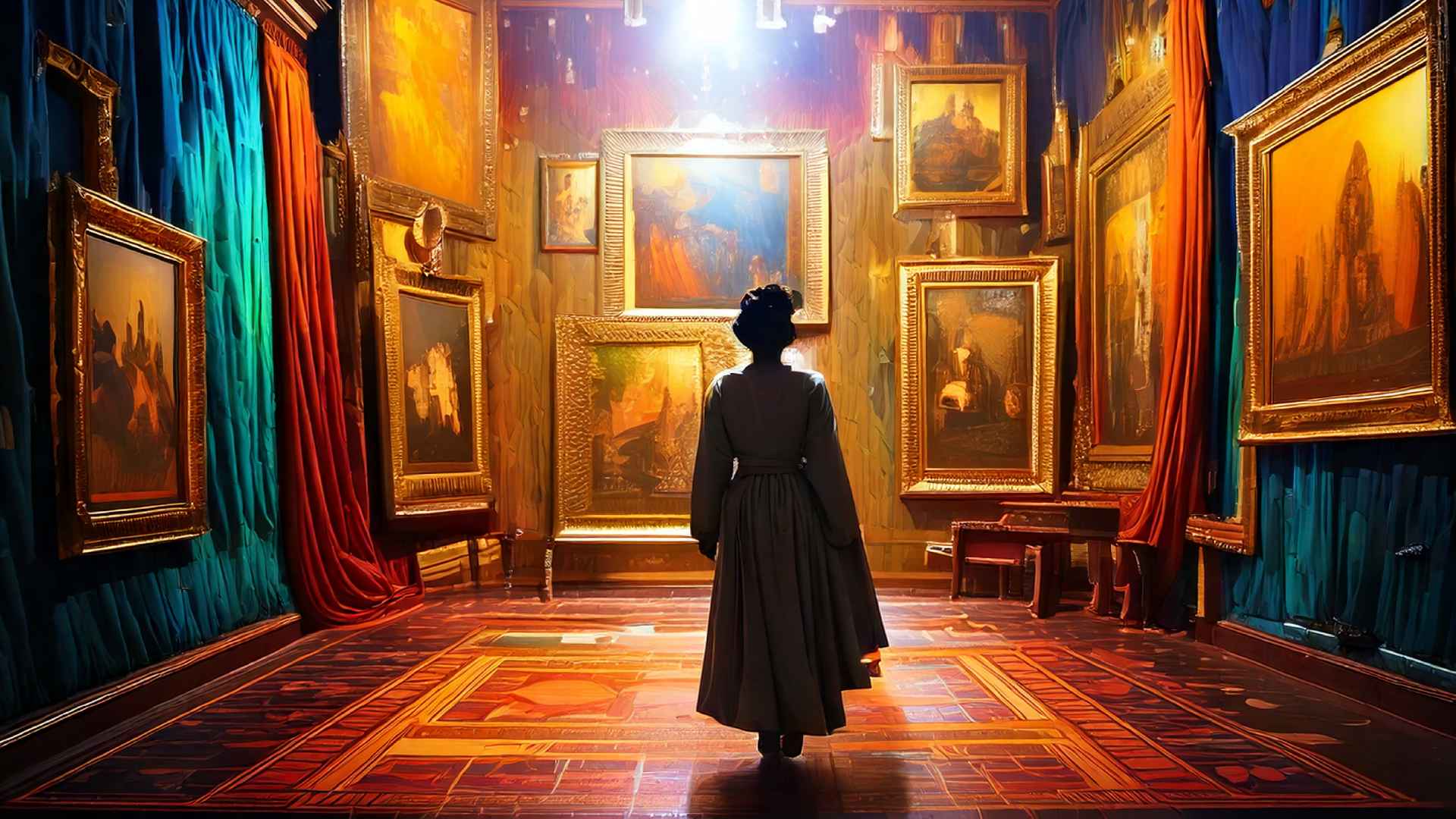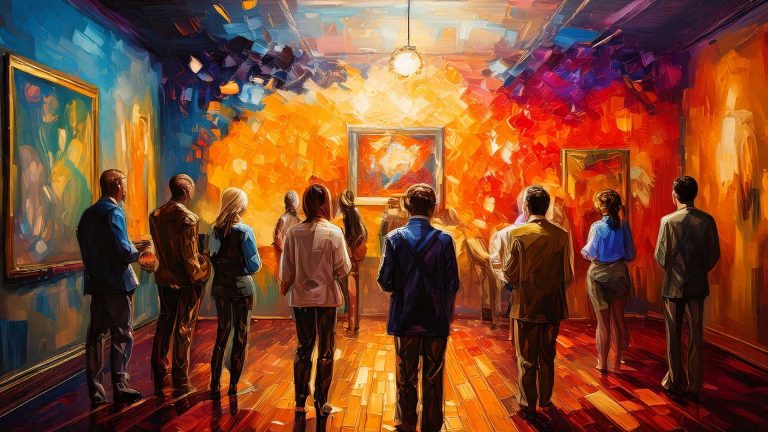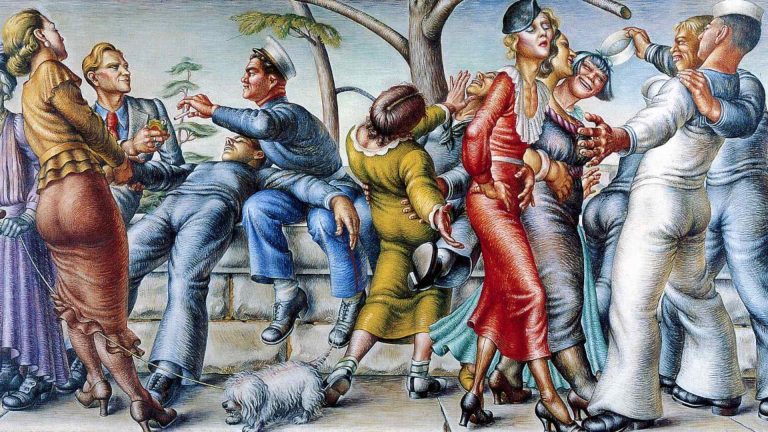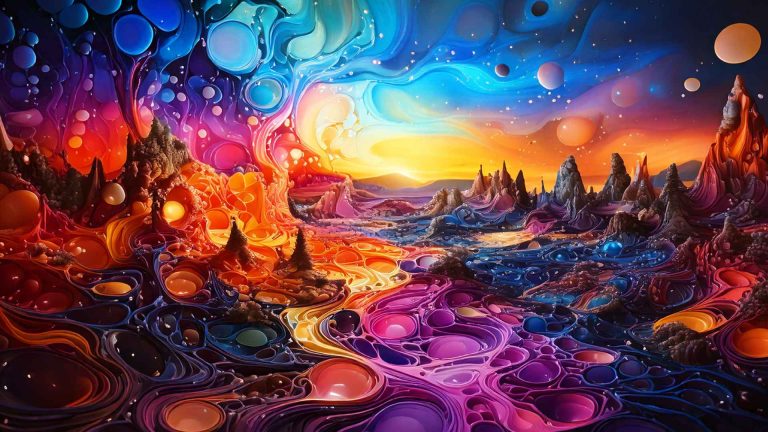How gender bias still shapes artistic recognition
Read time 1 minute 45 seconds
For centuries, the art world has celebrated innovation, beauty, and rebellion—but often only when those came from men. Gender inequality, power imbalances, and chauvinist criticism have historically sidelined women artists, keeping their work out of major institutions and the art history canon. Today, that’s changing—but not fast enough.
Imagine being an artist and not allowed to study the human form—because of your gender. In 19th-century Europe, women were barred from life drawing classes, cutting them off from essential training and, with it, professional credibility. Despite their talent, artists like Mary Cassatt, Berthe Morisot, and Eva Gonzalès were dismissed, minimized, or left out entirely from the narrative of art history. Their male counterparts took the spotlight while their work was labeled “domestic,” “sentimental,” or “lesser”—terms still echoed in subtle ways today.
Fast forward to now, and the same dynamics persist. Women dominate art schools, yet their work is drastically underrepresented in galleries, museums, and auction houses. The Guerrilla Girls—a collective of masked feminist artists—have exposed these numbers for decades: fewer than 5% of artists in major museum collections are women, even though women make up over 50% of the art world.
Furthermore, the art market often undervalues women’s art. A 2022 report from the Countess Report indicated that women artists accounted for only 30.5% of artists in major museums, a decline from previous years. This imbalance isn’t improving—it’s regressing.
Why? Because decisions about whose work gets shown, sold, and celebrated are still largely made by men. Male-dominated boards, curatorial teams, and collectors continue to shape the art market and its narratives, often to the detriment of female artists.
Art historian Linda Nochlin’s iconic question—Why Have There Been No Great Women Artists? (pdf)—was never a question of talent. It was about access. Nochlin revealed how the system was never built to include women in the first place. But today, bold new curatorial work is rewriting the script. Exhibitions like Now You See Us at Tate Britain spotlight centuries of overlooked female talent, inviting audiences to rediscover art history through a more inclusive lens.
Change is underway—but only if we keep pushing. Supporting women artists, questioning curatorial choices, and demanding representation are steps toward a fairer, fuller art world. Because the real question isn’t “Where are the great women artists?”—it’s “Are we finally ready to see them?”



